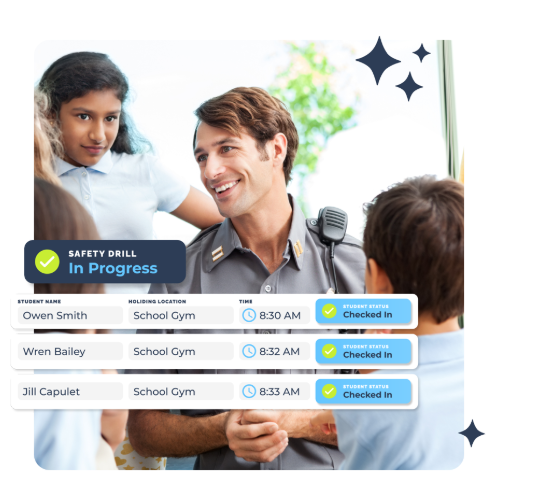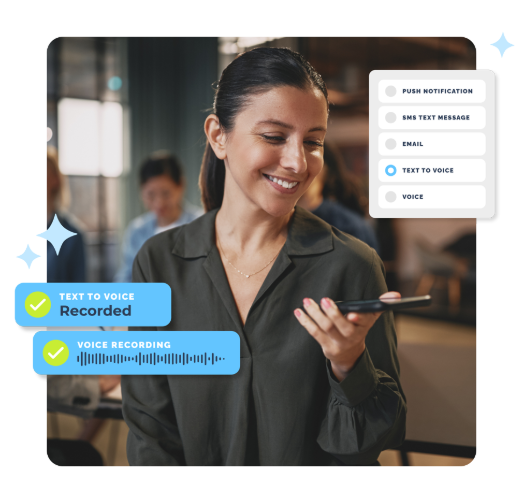
In today’s digital age, schools are increasingly relying on technology to streamline operations and improve efficiency. One such advancement is student attendance management software—a powerful tool designed to automate and simplify the process of tracking student attendance. This technology not only reduces the burden on educators but also enhances communication between schools, students, and parents through integrated features like a school messaging system.
Let’s dive deep into what student attendance management software is, how it works, and why it’s becoming an essential part of modern education management.
What Is Student Attendance Management Software?
Student attendance management software is a digital solution that helps schools and educational institutions monitor and record student attendance electronically. It eliminates the need for manual attendance-taking methods—like paper-based registers or spreadsheets—and offers real-time, accurate tracking of attendance data.
The primary goals of this software are to:
Reduce administrative workload
Minimize errors in attendance records
Provide real-time updates to parents and staff
Generate detailed reports for analysis and decision-making
Modern attendance management systems are often cloud-based, allowing access from multiple devices, and are integrated with features like biometric recognition, RFID cards, facial recognition, and mobile apps.
How Does Student Attendance Management Software Work?
While each platform may have its own unique features, most student attendance management software systems follow a similar workflow. Here’s a step-by-step breakdown:
1. Student Identification
Attendance tracking starts with identifying students using various methods:
Biometric systems (fingerprint or facial recognition)
RFID cards or ID cards
Mobile check-ins via GPS or QR codes
Manual selection by teachers via a digital interface
These systems are connected to the attendance software, which automatically logs the time and date when a student enters or exits the school or classroom.
2. Real-Time Attendance Marking
Once students are identified, their presence (or absence) is instantly recorded in the system. Teachers can view the status of each student on their dashboard, and administrators have access to institution-wide data.
This real-time data collection ensures that attendance records are always up to date.
3. Notifications via School Messaging System
One of the most powerful features of modern attendance management systems is integration with a school messaging system. This enables schools to:
Instantly notify parents if their child is absent or late
Send reminders for attendance-related issues
Communicate attendance policies or updates
Schedule parent-teacher meetings based on attendance performance
Notifications can be sent via SMS, email, or push notifications through a mobile app, keeping parents informed and engaged.
4. Automated Reporting and Analytics
The software can generate:
Daily, weekly, or monthly attendance reports
Student-wise and class-wise analytics
Absenteeism trends and tardiness patterns
Reports required for government compliance or audits
These insights help educators identify at-risk students and intervene early, which is crucial for academic success.
5. Integration with Other School Systems
Advanced platforms integrate with Learning Management Systems (LMS), grading systems, and student information systems to create a holistic academic management solution. For example, low attendance could trigger alerts in the grading system or result in automated follow-ups through the messaging system.
Key Features of Student Attendance Management Software
Here are some of the most sought-after features:
Multiple attendance capture modes: RFID, biometrics, QR code, facial recognition
Mobile accessibility: Android/iOS apps for teachers, students, and parents
Cloud-based storage: Secure, real-time data access and backups
School messaging system: Instant communication with parents and staff
Automated reporting: Custom reports for attendance, absences, and trends
Role-based access control: Teachers, administrators, and parents have tailored dashboards
Leave management: Students can apply for leave, and parents can approve them digitally
Benefits of Using Student Attendance Management Software
Implementing an attendance management system offers several benefits:
1. Time Savings
Manual roll-calls can consume 10–15 minutes per class. Automating this process saves time for both teachers and administrators.
2. Increased Accuracy
Human errors in attendance logs are common. Digital systems eliminate most of these errors, improving record accuracy.
3. Improved Parent Engagement
The school messaging system ensures parents are always in the loop about their child's attendance, improving accountability and involvement.
4. Better Decision-Making
With access to rich data and reports, school management can make data-driven decisions to improve student engagement and academic outcomes.
5. Regulatory Compliance
Many educational boards and governments require strict attendance monitoring. A digital system ensures you stay compliant without hassle.
Use Cases in Different Educational Institutions
1. K-12 Schools
Parents appreciate real-time absence alerts, while teachers benefit from reduced paperwork and more class time.
2. Colleges and Universities
With large student populations, automation is key. RFID or biometric systems make it easier to manage mass attendance and avoid manipulation.
3. Online Schools
For e-learning, virtual check-ins through student portals or apps ensure that students are participating actively in remote sessions.
Challenges and Considerations
While student attendance software is highly beneficial, institutions should consider:
Initial setup costs (hardware like scanners or RFID readers)
Training needs for staff and teachers
Data privacy and security compliance
Internet connectivity in cloud-based systems
Choosing a trusted provider with a user-friendly interface and strong support services can help mitigate these challenges.
Conclusion
Student attendance management software is no longer a luxury—it’s a necessity for schools aiming to operate efficiently and provide better academic outcomes. By integrating smart features like a school messaging system, these platforms create a connected ecosystem of students, teachers, parents, and administrators.
Whether you’re managing a small primary school or a large university, adopting a reliable attendance solution can streamline operations, improve communication, and ensure no student slips through the cracks.
FAQs
1. What is student attendance management software?
Student attendance management software is a digital tool that automates the process of recording, tracking, and analyzing student attendance data in real time.
2. How does the school messaging system work in attendance software?
The messaging system sends automatic alerts to parents and staff about attendance status, absences, and other updates through SMS, email, or mobile app notifications.
3. Is it safe to use biometric attendance for students?
Yes, most biometric systems used in schools follow strict data privacy regulations and are considered safe and secure when managed properly.
4. Can parents track their child’s attendance?
Absolutely. Most platforms offer a parent portal or mobile app where guardians can view real-time attendance data, receive notifications, and communicate with school staff.
5. What are the costs involved in implementing this software?
Costs vary depending on features, size of the institution, and hardware requirements. Many providers offer flexible pricing plans for different budgets.
6. Is this software suitable for online or remote learning?
Yes. Many modern platforms support remote attendance tracking via check-ins through apps or learning platforms.









Write a comment ...